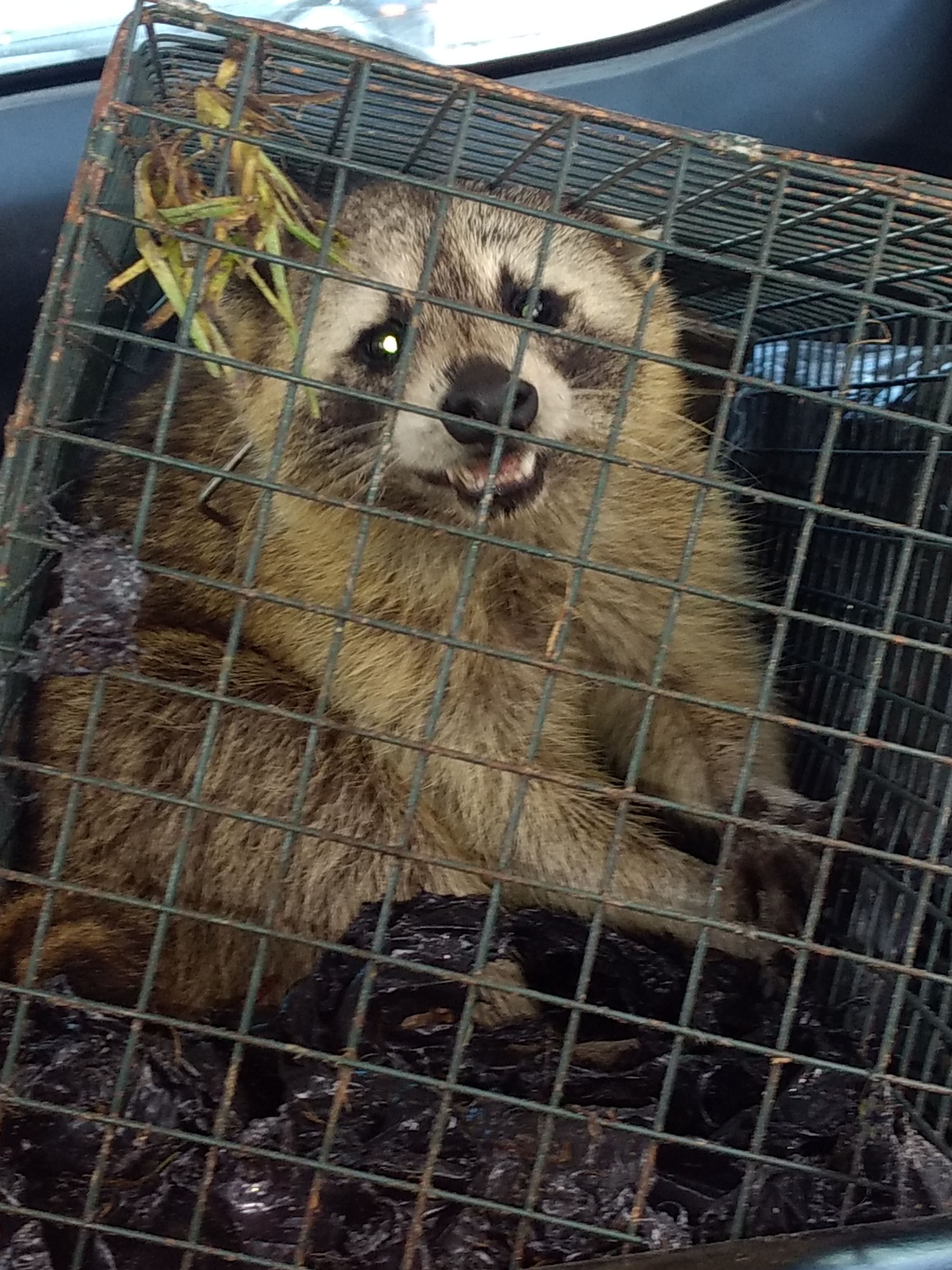
Snakes are often classified as a pest species because of people's fear of the animal. The most common complaints include the following: Snakes in yard or on land, Snakes living under deck or home, Snakes in the swimming pool, Snake in the home, Concern for safety of pets. For all these reasons, lots of people want to have this annoying reptile removed. Since they're not easy to trap, removal is usually done by hand (or tongs).
SNAKE BIOLOGY: There is a lot of snake species to catalog. Some facts common to all snakes - they don't have eyelids. One myth about snakes is that if a snake has a triangular head, it's poisonous (venomous). This isn't true - most snakes have triangular heads. As reptiles, their body temperature is controlled by surrounding temperatures. Sometimes they will sunbathe to raise their body temperature. Many snakes generally prefer to hide under heavy cover in cool locations. All snakes are strictly carnivores, and because they can not chew, they swallow their food whole. They poop and pee from the same place.
SNAKE BEHAVIOR: The important thing to understand is that the majority of snakes are non-venomous, and pretty much none of them are aggressive. In other words, no snake will slither up to you and strike you. Most will move, and a few will stand their ground, but if you leave the snake alone, it will leave you alone. That’s how it works for most animals. Snakes live in a huge array of habitats. Some are amazing climbers, some are aquatic. Most are very patient when it comes to grabbing prey - they sit still and quiet for a long time, then every time a prey animal is in reach, they hit! Some only grab bugs and eat them.

NUISANCE CONCERNS: the main concern appears to be fear of snakes (Ophidiophobia) that lots of people have. It is a common phobia, and I have seen it several times. I have seen adults cowering up on chairs, shaking. Even for those with no flat-out fear, snakes tend to be unsettling. Often it's only a matter of ignorance - people do not understand which snakes are venomous and which aren't, so they're naturally cautious around all snakes. Snakes occupy many ecological niches, and hang around man-made structures. They will get into pools, screened porches, and sometimes, the house itself. Snakes don't require much space to enter a house.
If you have a snake on your property, you could just leave it alone. It will be on its way. If you see it regularly and do not like it, then you may want to have it removed. If you have a snake inside your home and you're not sure of the species, do not try to grab it - most cases of a snake bite occur when a person is attempting to kill or capture a snake. A pest management expert can come and remove the snake. To find out more, read How to Grab Snakes. Also, some people have the ability to use snake traps to catch snakes. These traps use a sticky pad, so in case you use such a trap, make sure you spray cooking oil onto the captured snake to release it somewhere. Possibly the best way to eliminate snakes is with snake prevention. Remove the features on your house that attract snakes, such as excessive debris, or openings under concrete.
The potency of snake repellents is often a hotly contested subject, but in my experience and in the experience of knowledgeable biologists and herpetologists, there's actually no effective snake repellent. It is probably better to leave snakes alone than to poison the environment by littering the ground with the variety of snake deterrents sold in the marketplace.

There are a couple of deterrents on the market, but I have found one brand that works best. Lots of people wrongly assume that all snakes are poisonous - the proper term is"venomous", because snakes inject venom, toxin is a more generic term. The fact remains that there's no simple way for the average person to tell - so just leave all snakes alone! Honestly, your best option is to just do an internet search for the venomous snake species in your state, and memorize what they look like. Finally, with the exception of the red/black/yellow coral snake, many venomous snakes in the United States are pit vipers, which are extremely fat snakes. So if it is a thin snake, it is probably harmless. The pit vipers are rattlesnakes (and all rattlesnakes are venomous!) Or fat snakes, such as the cottonmouth or copperhead. Needless to say, harmless water snakes can also be fairly thick, so it is tough to tell. And pretty much all snakes have triangular heads or patterns of some type, so there is no single trait that will ascertain whether a snake is harmful or not. Your very best bet - just leave all snakes alone in the event that you encounter one. Most bites happen when people attempt to catch or kill snakes.
If you have just gotten a tiny nick from a harmless snake, then you may actually bleed a good deal, because snakes frequently have anticoagulants in their saliva. When it is not a pit viper, like the red-yellow-black Coral Snake, then you won't have the searing pain, because that is a neurotoxic venom. Anyway, here is what you need to do - try to remember what the snake looked like. If you're able to safely collect the specimen, do this, but DO NOT if there’s possibility of getting another bite! Do not push yourself, for risk you will pass out on the way. Do not bother with tourniquets, cutting the bite and sucking toxin, or any of that stuff. It will not help.